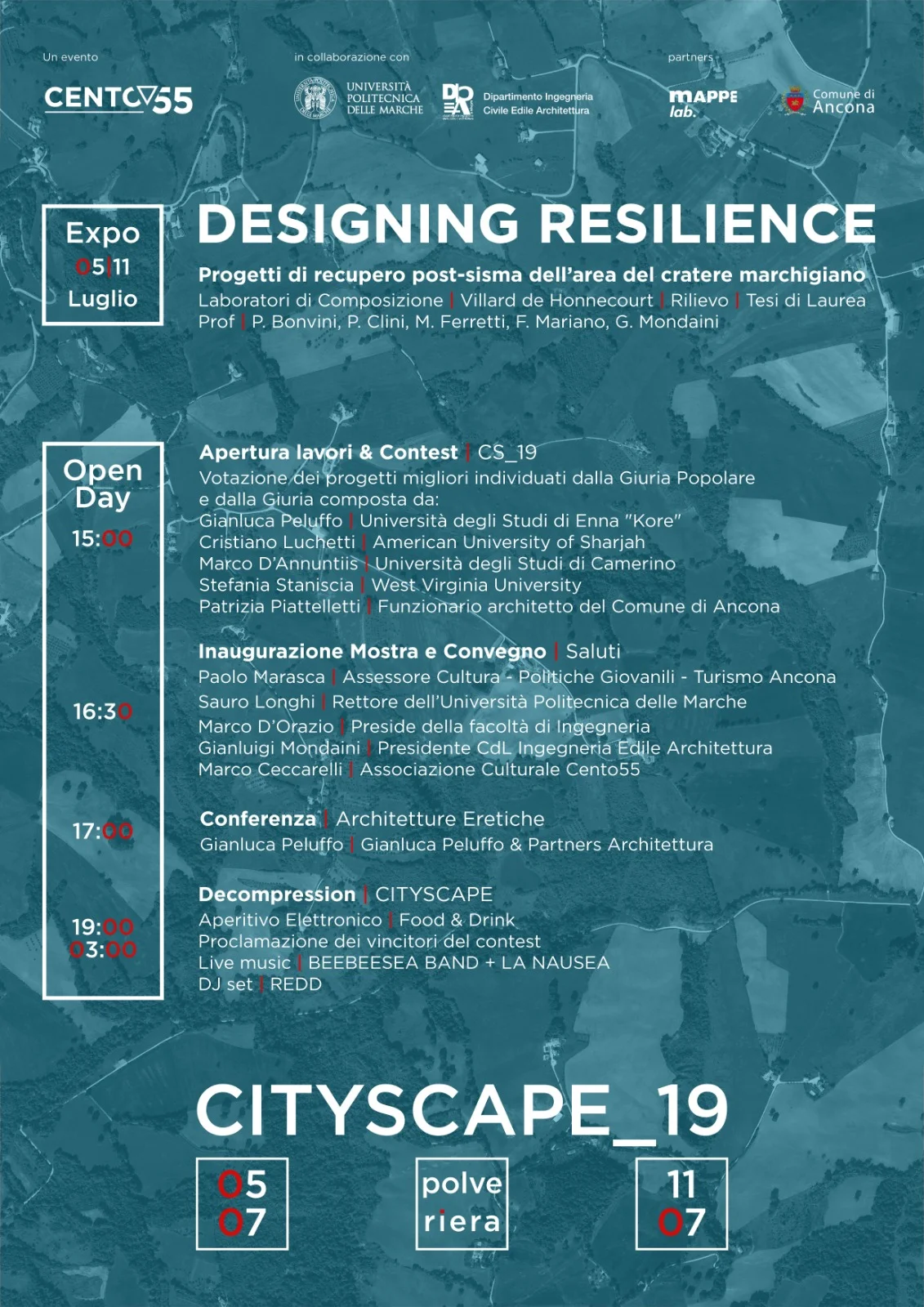Last year was my third time as member of the jury for the Middle East Architect Awards, Luchetti writes.
This event is indicative of the state of the art in urban design, current trends, and achievements in the region, so projects and architects’ profiles submitted are disciplinarily interesting for a scholar like me. In 2015, I witnessed a lack of projects that one could define as “iconic”. It seemed that the architectural language of the submissions was adapting more and more to the economic conditions of these ambiguous times and avoiding unnecessary risks. In 2016 I noticed an even further drift toward safer and familiar languages.
In a sort of a reversed-brutalist process the language expressed through Euclidean geometries and rational architectural composition of spatial layouts gets polished and beautified through the use of the latest fashionable materials and high-tech building components. It seems that if space still remains within the boundaries of accustomed typologies, its finishing, performance, and detailing acquire more value…
















